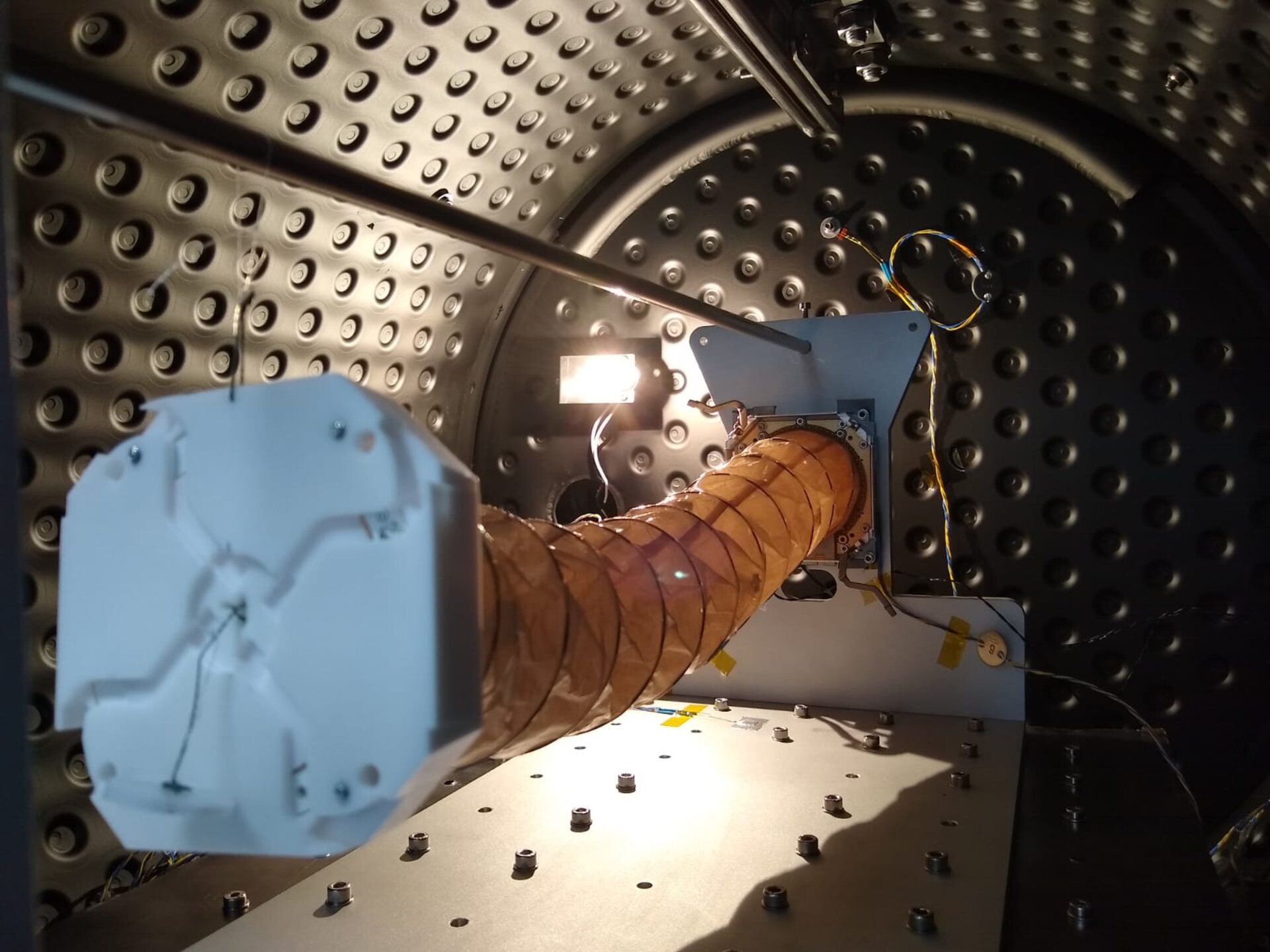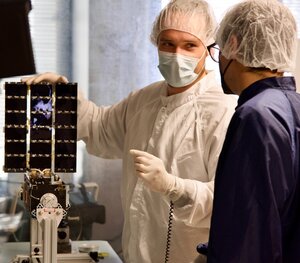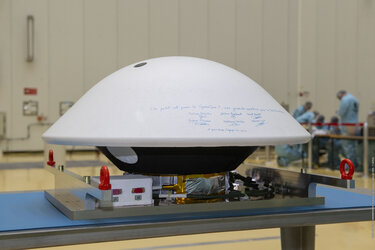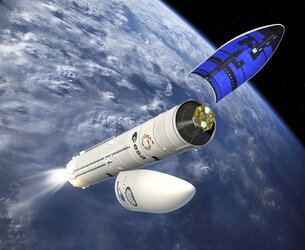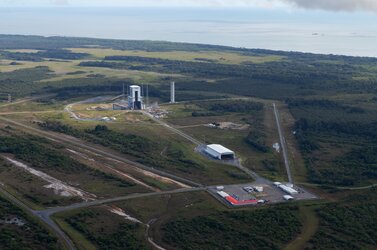Ariane 6 launches 3Cat-4: reflecting on Earth
Europe’s newest rocket soon launches, taking with it many space missions each with a unique objective, destination and team at home, cheering them on. Whether launching new satellites to look back and study Earth, peer out to deep space or test important new technologies in orbit, Ariane 6’s first flight will showcase the versatility and flexibility of this impressive, heavy-lift launcher. Read on for all about 3Cat-4, then see who else is flying first.
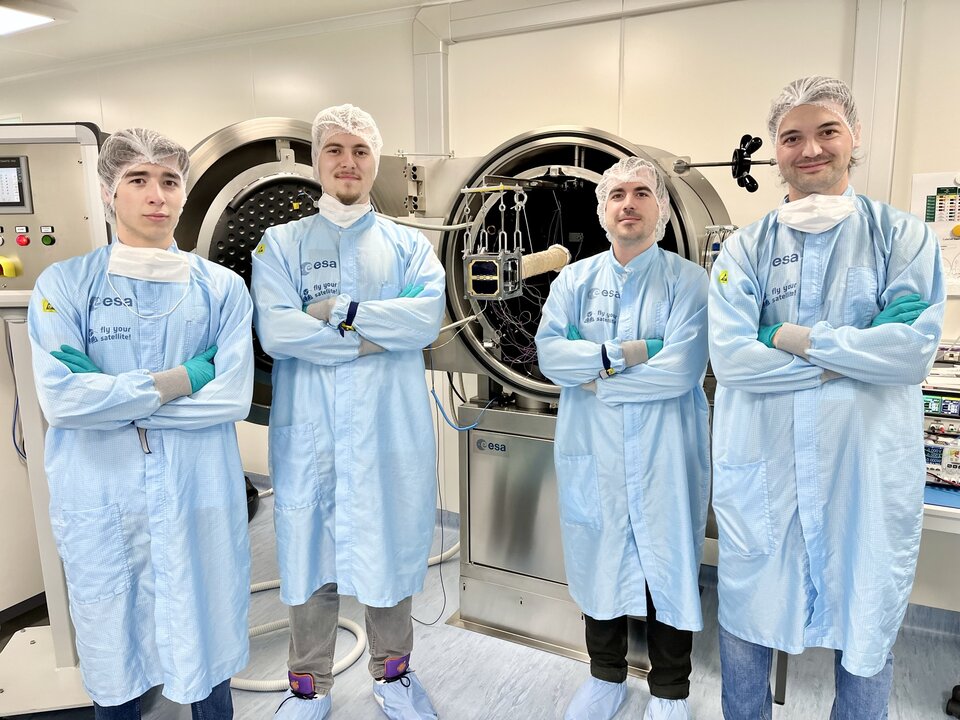
3Cat-4 (pronounced “cube cat four”) is a 1-kg Earth Observation CubeSat developed by the Universitat Politècnica de Catalunya in Spain and selected by ESA Education’s ‘Fly Your Satellite!’ programme to fly on Ariane 6’s first flight.
The 3Cat-4 design was carefully reviewed by experts as part of the programme, who provided design and testing support to the mission team, including important environmental testing at ESA Education’s CubeSat supporta facility in ESEC-Galaxia, Belgium.

Otherwise, the nanosatellite has been nearly entirely developed by graduate and undergraduate students who have designed, built and validated the vast majority of its components, conducted complex analyses and planned and performed test campaigns with specialised equipment. For several students, the mission is central to their course curriculum or degree thesis.
“The primary goal of the mission is educational; training a group of students in the techniques and methodologies involved in flying a space mission, while conducting challenging teamwork with a real sense of responsibility,” explains Alexander Kinnaird, ESA Engineering Coordinator for the Fly Your Satellite! project.
“But 3Cat-4 also has several scientific and technological objectives that we hope will demonstrate the big potential of CubeSats when it comes to innovative space technology, usually reserved for larger satellites.”

The mission’s primary scientific experiment will be to measure several important climate variables using a technique called ‘Global Navigation Satellite System Reflectometry’ (GNSS-R). GNSS-R involves measuring the reflected signals from orbiting Global Navigation Satellite Systems, such as Galileo and GPS, that bounce off Earth’s surface.
This ‘passive remote sensing’ measures the difference between the signals directly received from navigation satellites in orbit and the signals from those same satellites that have been reflected off Earth. Using this data, 3Cat-4 will be able to measure the properties of the reflective surface and detect several types of weather phenomena, determine land topography and vegetation cover and extract information on ocean data such as ice coverage and thickness.
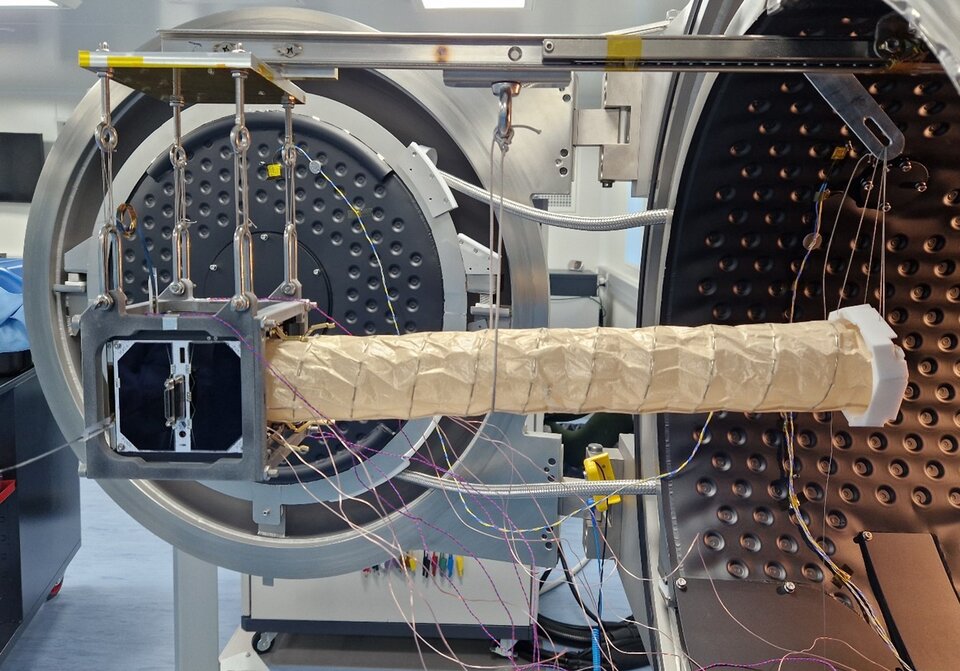
Along with its remote sensing capabilities, 3Cat-4 will carry an ‘L-band radiometer’ – an instrument that detects radiation emitted in the 1-2 GHz frequency range which makes it possible to analyse soil moisture and ocean salinity. The CubeSat will also have an Automatic Identification System (AIS) allowing it to track ships along their intercontinental routes. It also includes a ‘Radio Frequency Interference’ detection and mitigation system, which is especially important for microwave radiometry observations used for soil moisture measurements.
Crucially, 3Cat-4 will demonstrate the feasibility and performance of its 0.5-meter spring-like antenna, the Nadir Antenna and Deployment System (NADS). Stowed away for launch, the antenna will take up very little space, allowing its future inclusion in even smaller CubeSats. Once in orbit, it will spring open to perform impressive observations usually the domain of larger missions, providing a powerful eye on Earth despite its portable travel size.


Access the video

“3Cat-4 will demonstrate the capacity for small CubeSats to provide a big Earth Observation service, motivating not only the students involved but also the wider community” says Lily Ha, ESA coordinator for university student activities.
“Ariane 6 is the perfect rocket to launch on, fitting perfectly with the technical and programmatic requirements of the mission but also providing great educational and promotional value. We’re so happy to support the innovation of new European rockets, to be part of such a historic launch and forever associated with this flight.”
Ariane 6 is planned to launch in June-July 2024. It follows the hugely successful Ariane 5, Europe's principal rocket for more than a quarter century, flying 117 times between 1996 and 2023 from Europe's Spaceport in French Guiana.

“Throughout the project, we have seen several cohorts of brilliant students making the technology behind 3Cat-4 possible,” says Cristina Del Castillo Sancho, ESA engineering coordinator for university education.
“They dared to dream of this complex mission, and they were enabled by both ESA Education and their university with the necessary expertise and resources. When Ariane 6 lifts off, this new generation of engineers will be proudly watching how their satellite goes through its ultimate test - finally in outer space.”
The 3Cat-4 mission team will be stationed in their control room at the Barcelona Operations Centre in Spain for launch, from where they will command the satellite and receive its telemetry and scientific data via their Montsec Ground Station located in the Pyrenees, Spain.

“It is so very fulfilling to see our satellite finally ready for launch. It has been an incredible journey for all the people involved, and the amount of knowledge gained during the development is difficult to over-emphasise,” concludes Luis Juan, 3Cat-4 Team Leader at the Universitat Politècnica de Catalunya.
“Every milestone reached was enthusiastically welcomed, from the first boot of the whole assembled satellite, a month-long mission simulation and the critical vibrations and thermal vacuum tests. With the support of ESA’s Fly Your Satellite! team and all the experts that helped us carry out the mission’s verification, now are confident that 3Cat-4 will be successful during its journey in space”.














 Germany
Germany
 Austria
Austria
 Belgium
Belgium
 Denmark
Denmark
 Spain
Spain
 Estonia
Estonia
 Finland
Finland
 France
France
 Greece
Greece
 Hungary
Hungary
 Ireland
Ireland
 Italy
Italy
 Luxembourg
Luxembourg
 Norway
Norway
 The Netherlands
The Netherlands
 Poland
Poland
 Portugal
Portugal
 Czechia
Czechia
 Romania
Romania
 United Kingdom
United Kingdom
 Slovenia
Slovenia
 Sweden
Sweden
 Switzerland
Switzerland


























